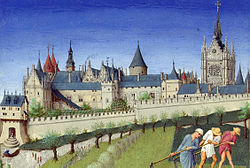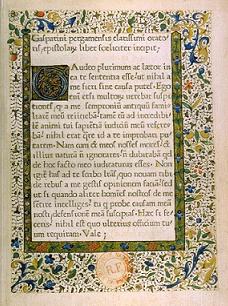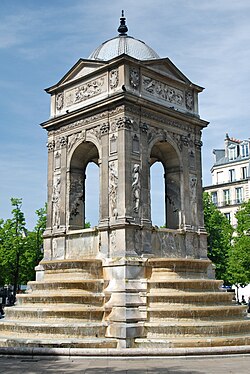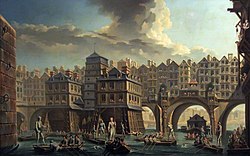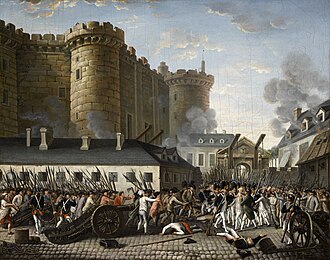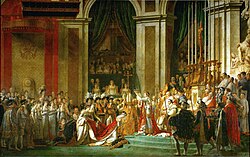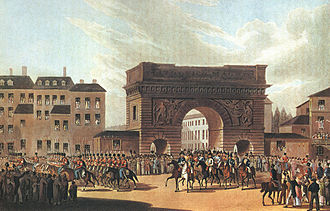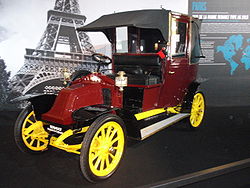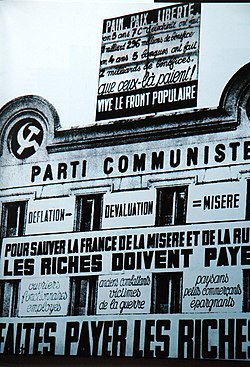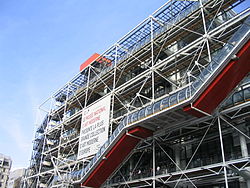| History of Paris |
|---|
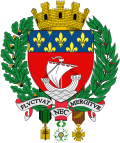 |
| See also |
| History of France |
|---|
 |
| Timeline |
| Topics |
The following is a timeline of the history of the city of Paris , France.
Contents
- The Parisii and the Roman Lutetia
- The Middle Ages
- Frankish Paris
- 11th century
- 12th century
- 13th century
- 14th century
- 15th century – the Burgundians and English in Paris
- 16th century – The wars of religion
- 17th century
- The Paris of Henry IV and Louis XIII
- The Paris of Louis XIV
- 18th century
- 1780s–1790s – The French Revolution
- 19th century
- 1800–1815 – The First Empire
- 1815–1830 – The Restoration
- 1830–1847 – The Reign of Louis-Philippe
- 1848–1869 – The Second Republic and the Second Empire
- 1870–1879 The Paris Commune and the Third Republic
- 1880–1889
- 1890–1899
- 20th century
- 1900–1913 – La Belle Époque
- 1914–1918 – First World War
- 1919–1929 – Les Années Folles
- 1930–1939
- 1939–1945 – The Second World War
- 1946–1967
- 1967–1980
- 1981–1999 – Mitterrand era
- 21st century
- Evolution of the Paris map
- 12th century 2
- 16th century
- 17th century 2
- 18th century 2
- 19th century 2
- 20th century 2
- See also
- References
- Notes and citations
- Bibliography
- Further reading
- External links












